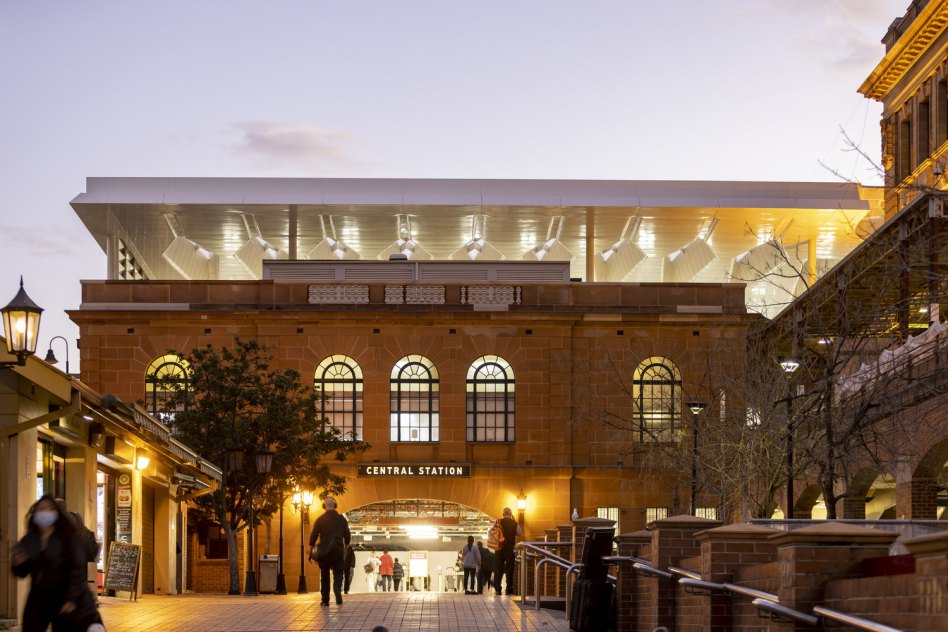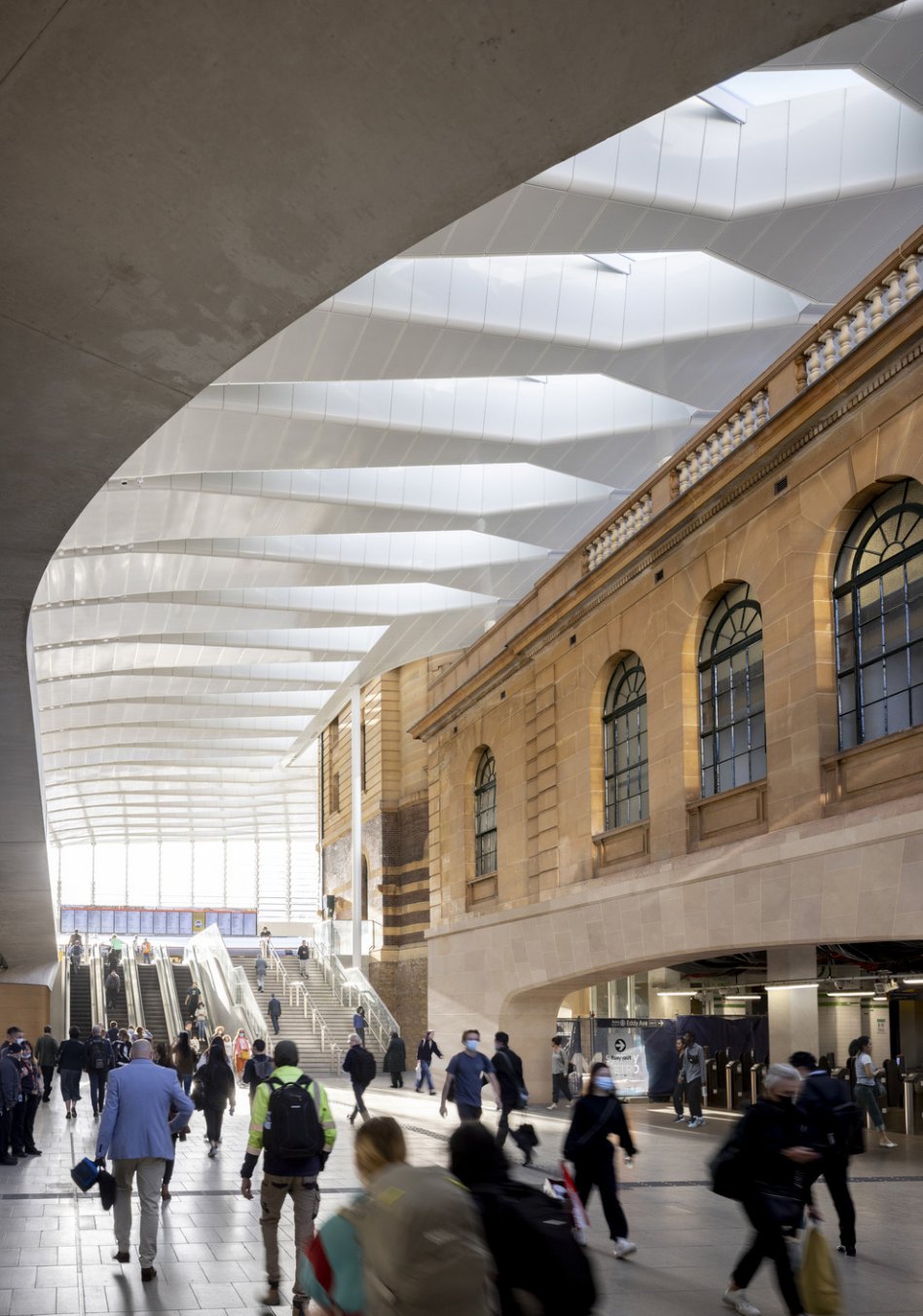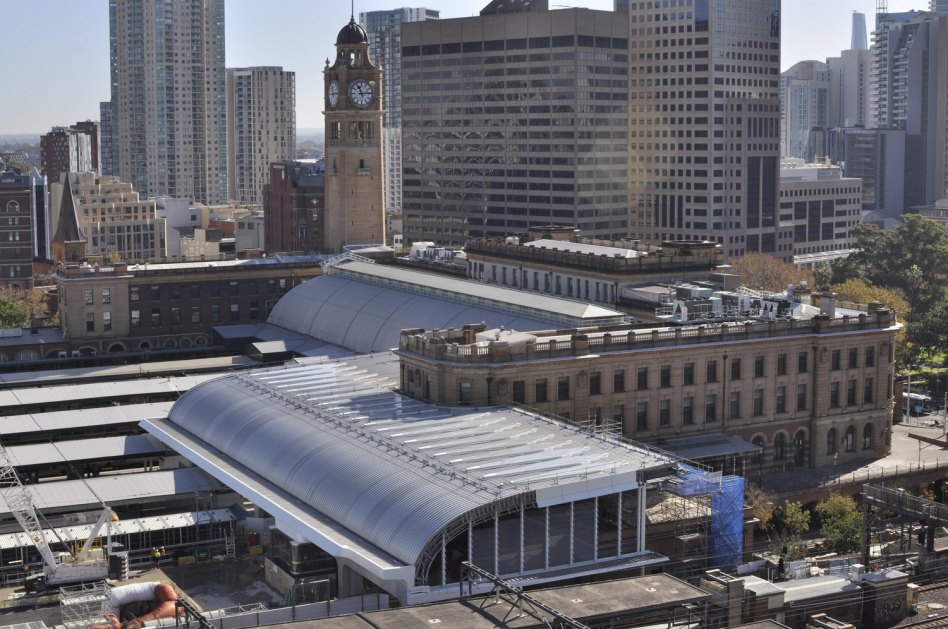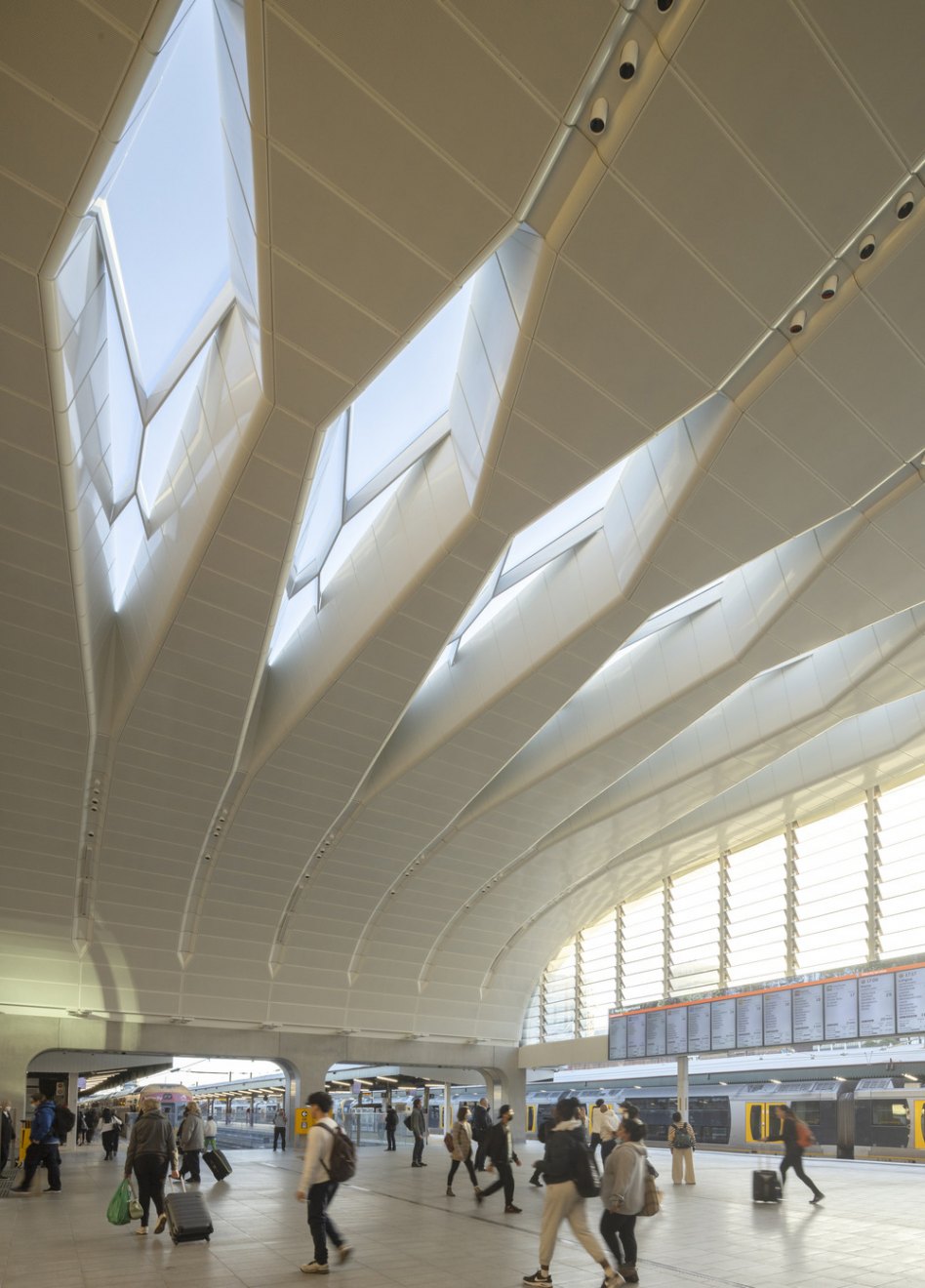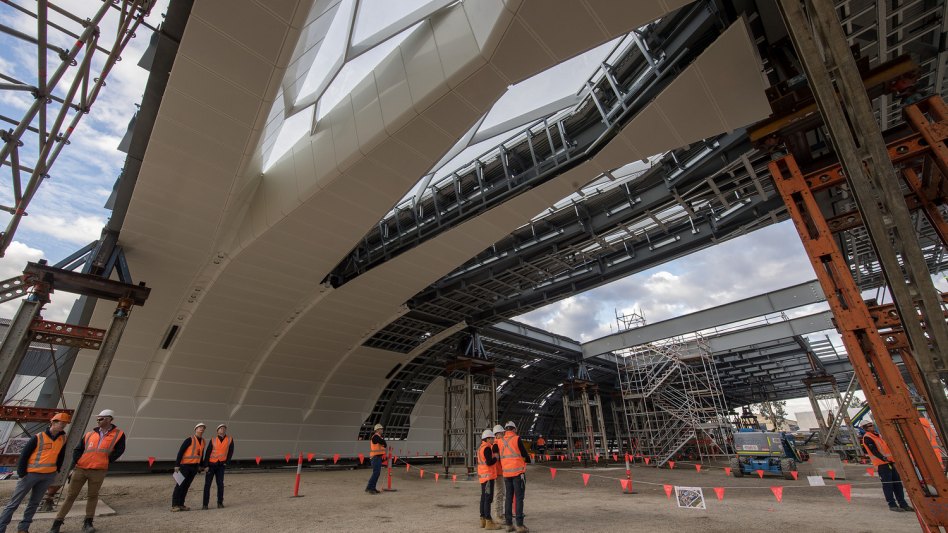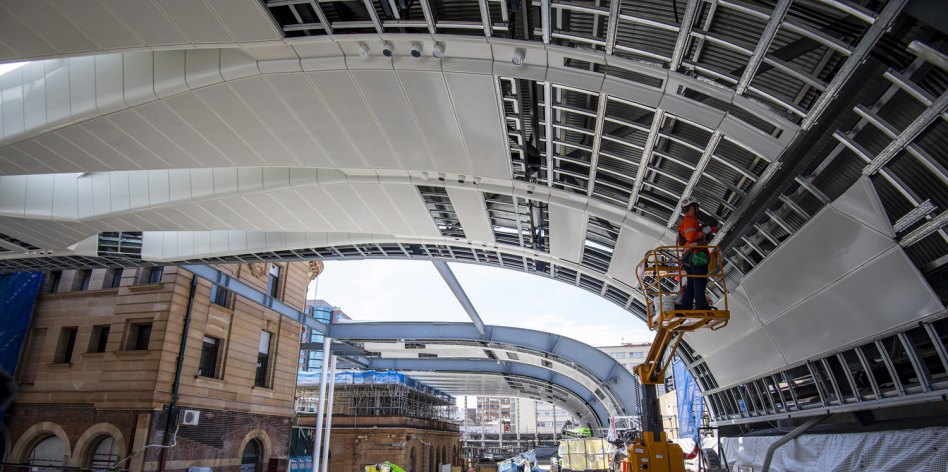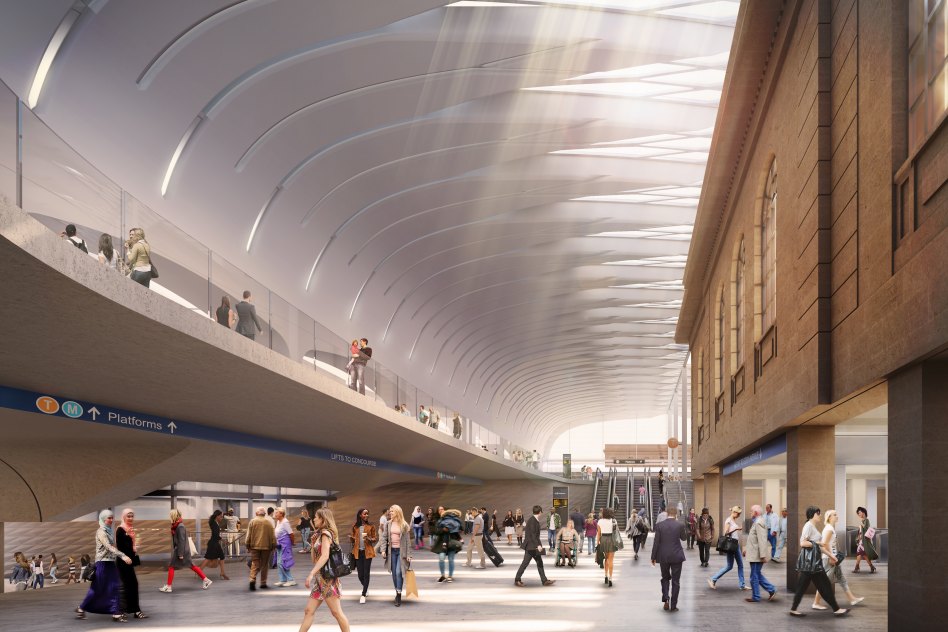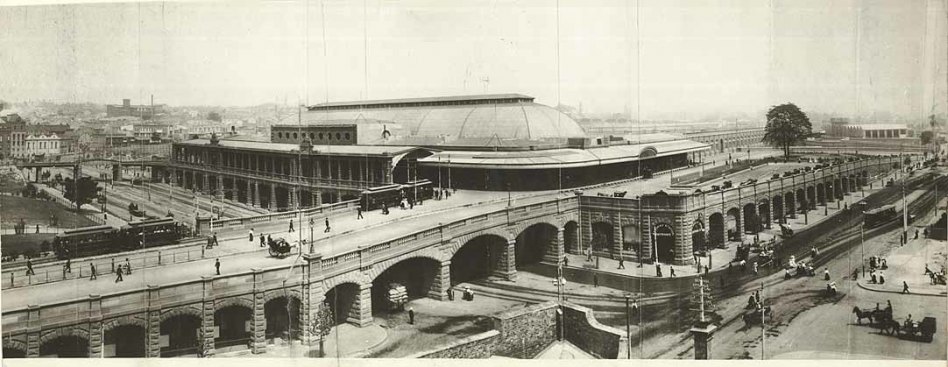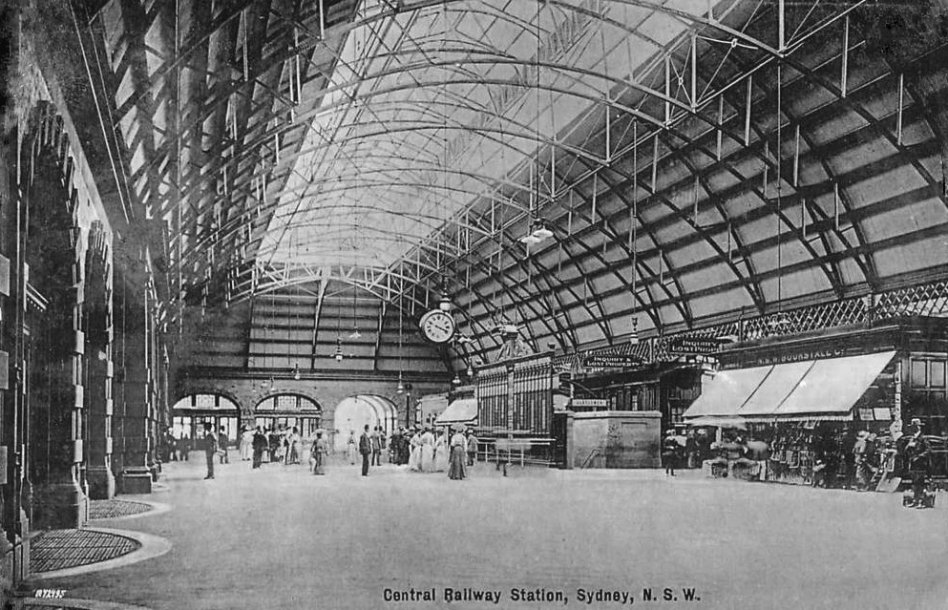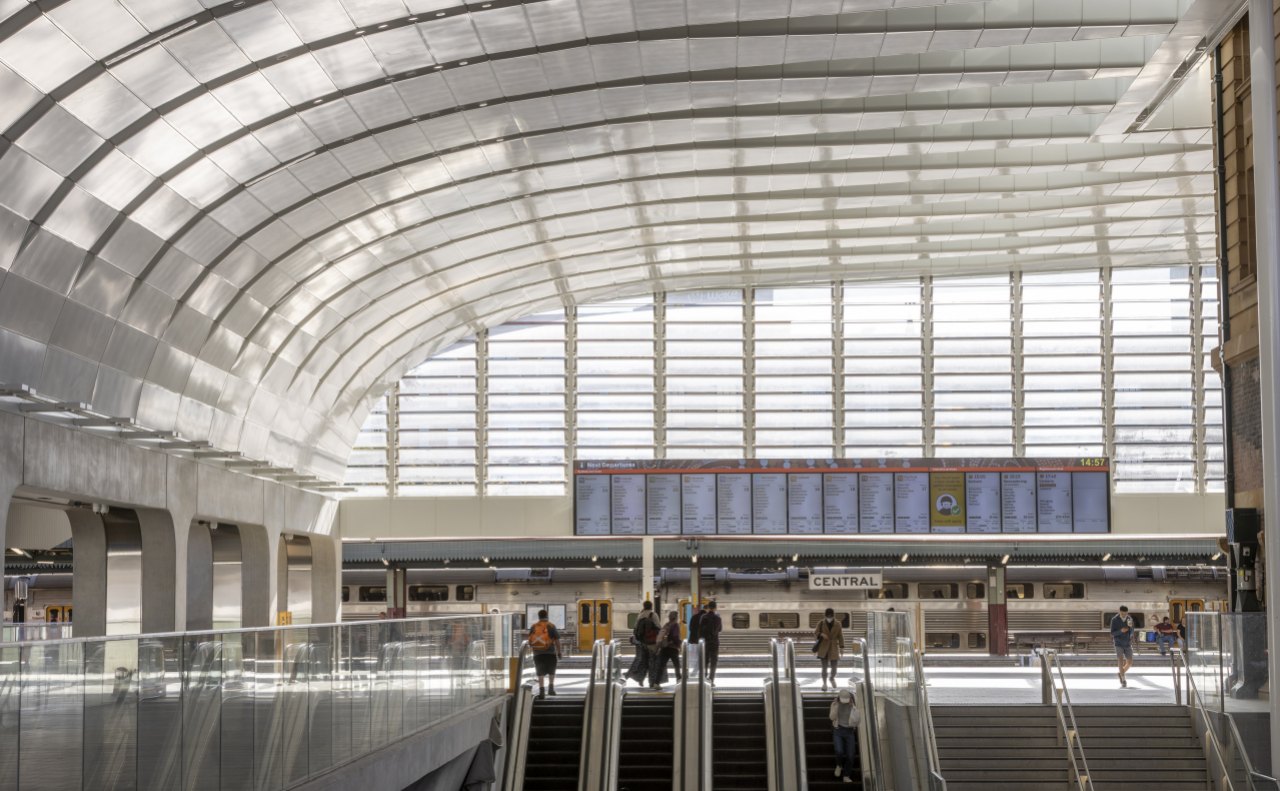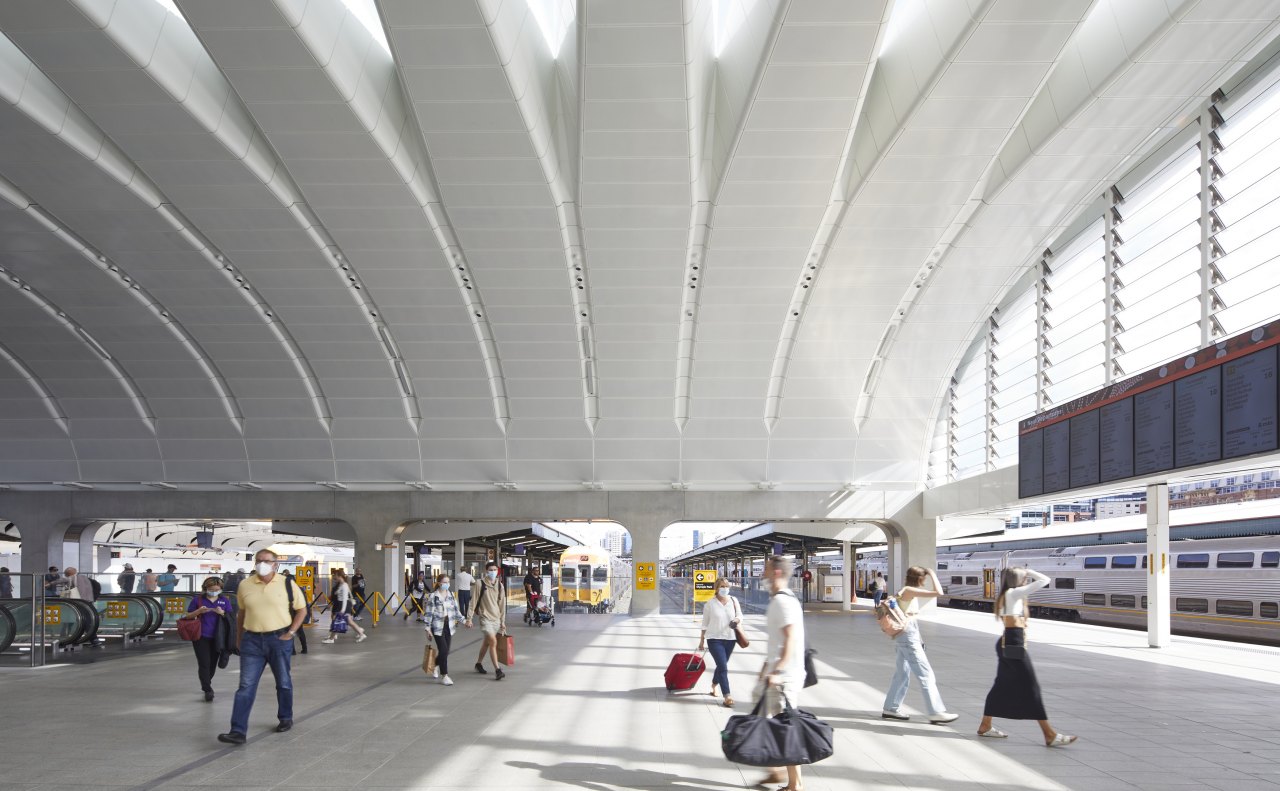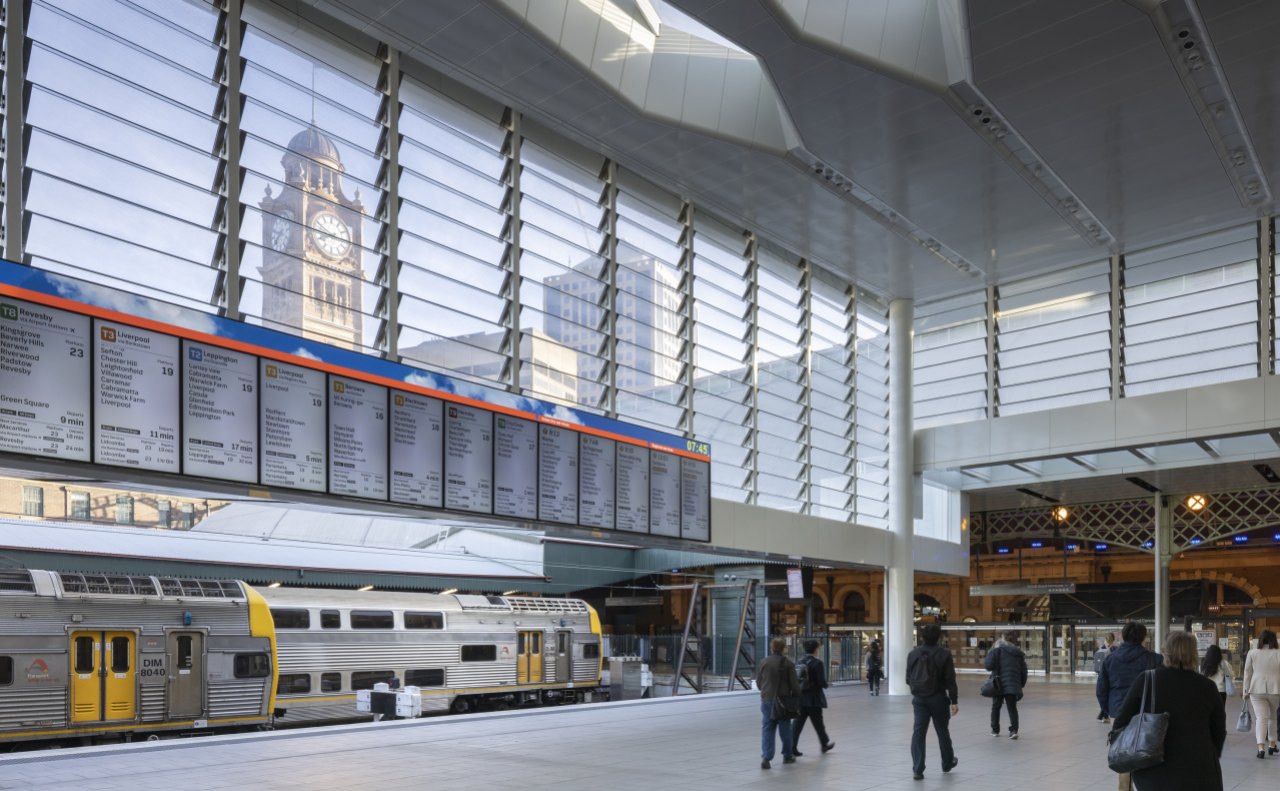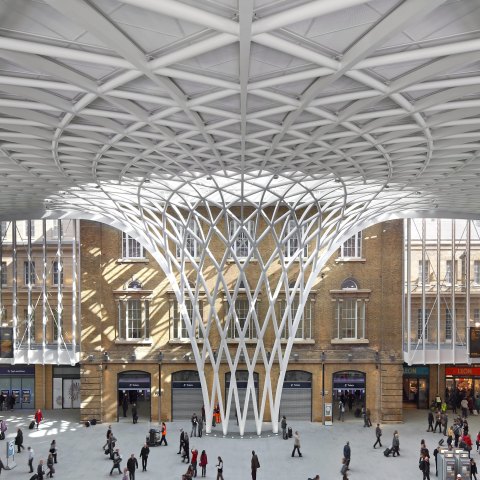Sydney Metro's Central Station
Sydney, Australia. 2023
The design of the new metro station for Sydney’s iconic Central Station, part of the new A$18.2bn Sydney Metro City & Southwest project, has been jointly led by John McAslan + Partners and the Australian practice Woods Bagot for their client, Laing O’Rourke. The A$955m Central Station project includes the creation of a dramatic new main entrance sequence for the imposing early 20th century edifice, and incorporates as its centrepiece a distinctive 50m-span vaulted roof. New concourses produce much smoother flows for the expected 450,000 travellers daily in the next two decades, across the station site as a further key element of the project through the deep, materially rich metro box volumes leading to the metro platforms. Like John McAslan + Partners’ King’s Cross scheme, the project will not only make the station an architecturally refreshed 21st century landmark, but has been designed to stimulate regeneration and street life in the urban area around Central Station.
-
'We are delighted at being selected to work on such a prestigious transport initiative, and are looking forward to contributing to this landmark project. The world’s leading cities, Sydney among them, are under extraordinary pressure in terms of the development of transport infrastructure in relation to urban fabric. With the vast majority of Sydney train services currently calling at Central Station, this interchange performs a critical function and impression of the city.'
John McAslan, Executive Chairman, John McAslan + Partners
Also have a look at the Architecture Australia article on Sydney Central Station, by clicking here.
